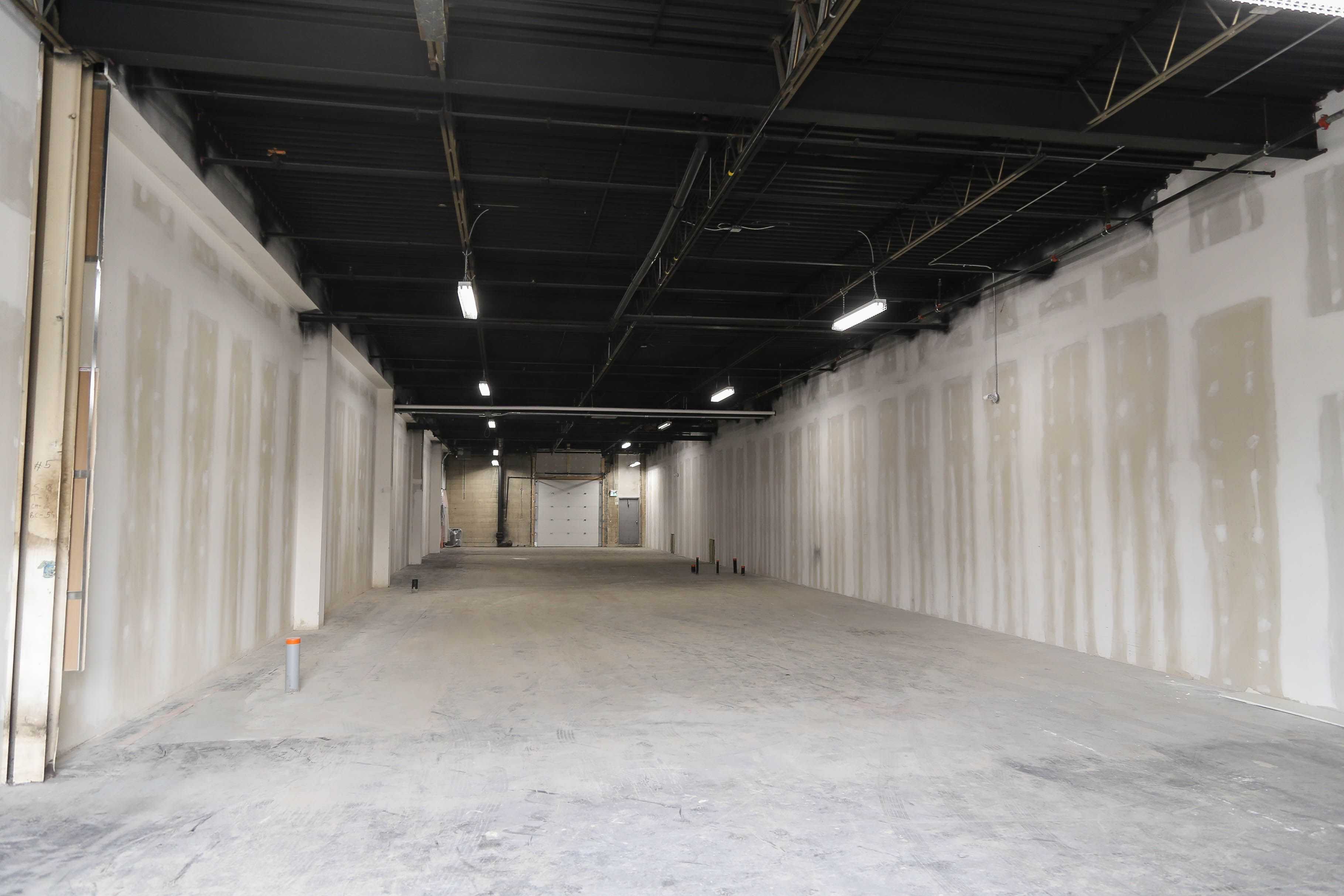
Types Of Fire Rated Drywall And The Places They Are Commonly Used
Category
Blog"In theory, all drywall is fire-resistant. However, in some cases like with regular whiteboards, the drywall can start to crumble and allow the fire to spread quicker. Specially manufactured fire-resistant drywall won’t allow such situations so easily. Its fire resistance lasts much longer, enabling you to safely exit the property before complications start. Contact your drywall contractors in Toronto to decide on the perfect drywall for your home. In the meantime, here is what you should know about fire-rated drywall:
POPULAR DRYWALL TYPES
Drywall comes in many forms and sizes. Apart from the traditional whiteboard option, to satisfy the various needs of customers, manufacturers have invented eco-friendly, moisture-resistant, soundproofing, and fireproofing drywall. As their names imply, all of these types bring different benefits to both residential and commercial properties.
Making the right decisions means knowing what your house needs. For example, moisture-resistant drywall is usually the smartest option for bathrooms and saunas. On the other hand, if you live in a condo in a fire-prone area, the obvious option would be fire-resistant drywall.
In some buildings, 1-hour fire resistance is required by Ontario’s building codes. But this mostly applies to commercial buildings where hiring commercial drywall contractors from Toronto is necessary.
Some of these options have more than one benefit. Besides fireproofing, the nature of fire-repellent drywall also provides buyers with quality soundproofing. Living in a peaceful and quiet home with maximum protection from fire sounds like the perfect drywall!
TYPE X AND FIRECODE C
When it comes to fireproofing with drywall, there are two popular options available: Type X and Firecode C. Also known as 5/8 inches, Type X is the most used type throughout Canada. On wood studs spaced 16 inches, it is installed 2 by 4 inches on each side, while on metal stud framing spaced 24 inches, it is installed 3.5 by 8 inches. As we mentioned, Ontario’s building codes require a 1-hour fire resistance for some properties, which luckily is Type X’s minimum resistance.
Firecode C is less popular, but is equally, if not even more, effective. Apart from 5/8 inch, it also comes in 1/2 inch thickness. By adding vermiculite to its content, Firecode C is technically more resistant than Type X. This additive prevents drywall shrinkage during high heat situations. With it, the gypsum remains more stable and intact. You can also opt for Type X Shaftliner which is the most fire-resistant type on the market, but it is usually used in specific situations and commercial properties.
WHERE AND WHEN TO USE THEM?
Even though it is very beneficial, installing drywall throughout the entire house is rarely practiced. In fact, some experts avoid using it in residential houses that have no contact with other properties. However, building codes require fire-rated drywall installation in garages and walls that separate the garage from the rest of the house (including ceilings). Additionally, it is also recommended in areas that are more fire-prone like kitchens, utility rooms, and behind furnaces.
If you live in an apartment or a townhouse, fire-rated drywall is necessary. You never know what your neighbors are up to and you don’t want to endanger your life just because the neighbor forgot to turn off the oven. Installing fire-repelling drywall on walls that connect you with other residences is the smartest option you can choose.
Its most common usage is in commercial buildings which must comply with Ontario’s building codes. Fire ratings vary from room to room, each having a different hourly rate that must be satisfied. For elevator shafts connecting 4 or more stories, Ontario’s codes suggest installing drywall with a minimum of 2-hour resistance.
The decision can be complicated and if you want to avoid installing the wrong drywall, it is best to consult with drywall contractors in Toronto and find out the building codes and requirements which apply to your property."